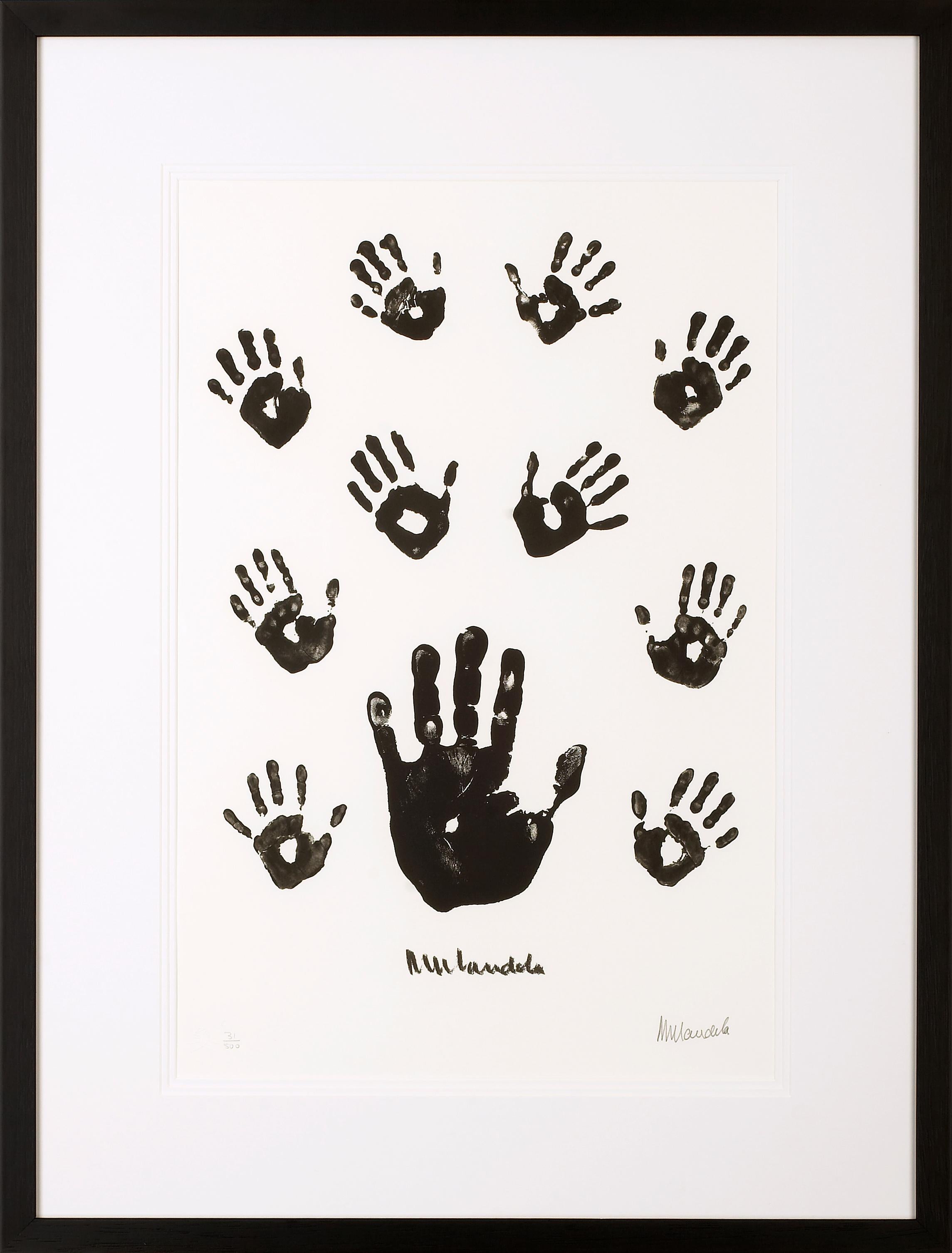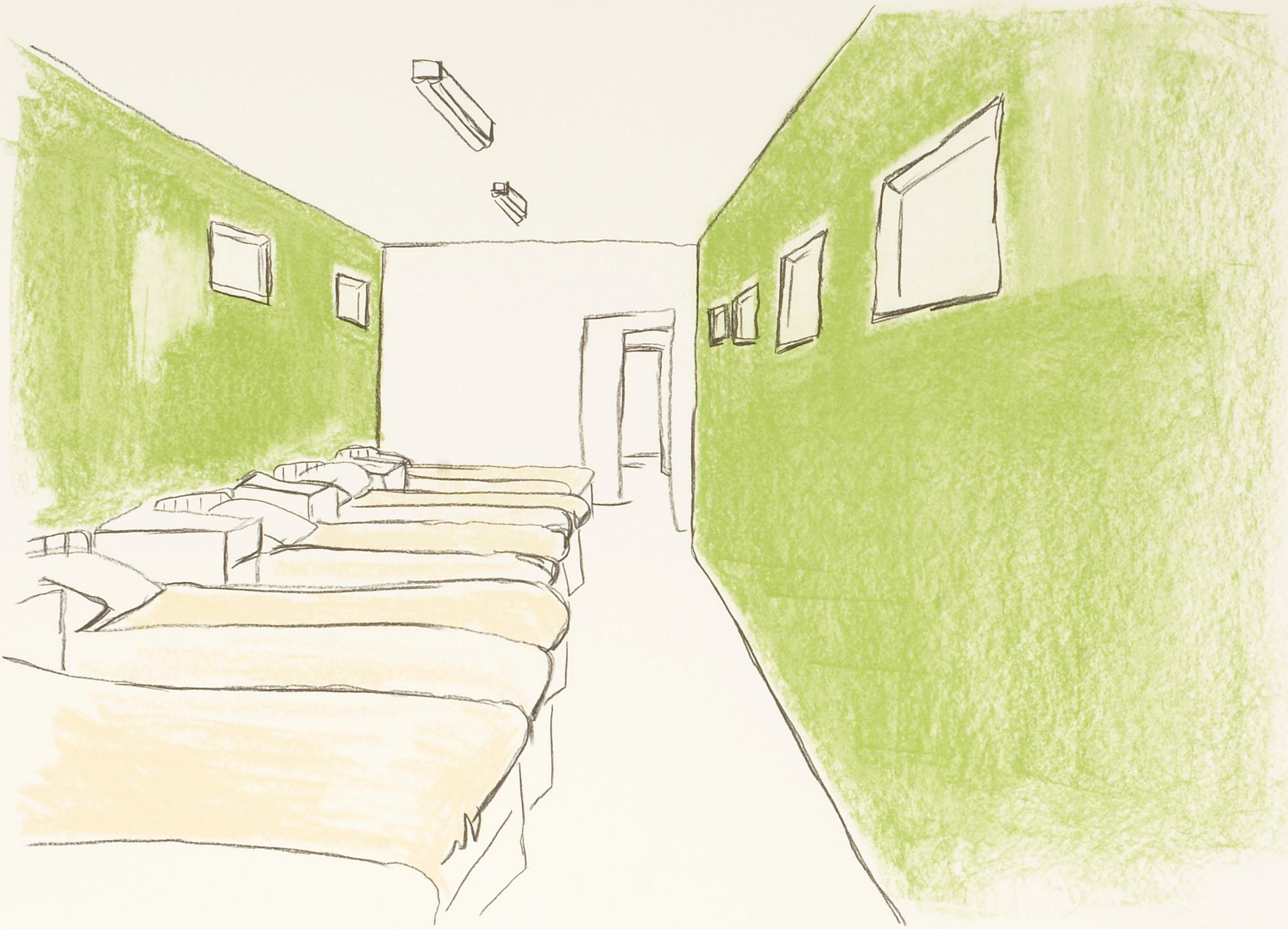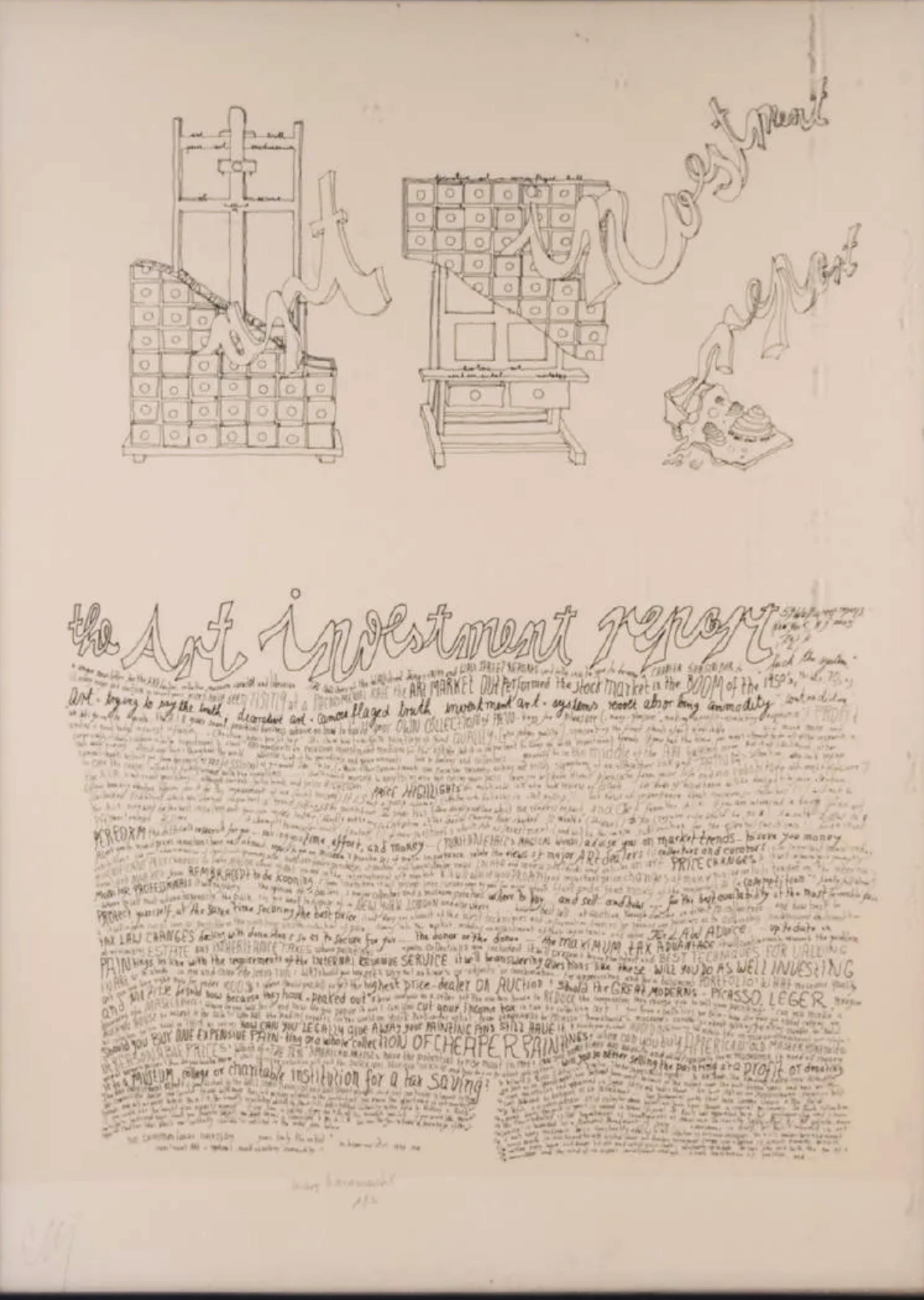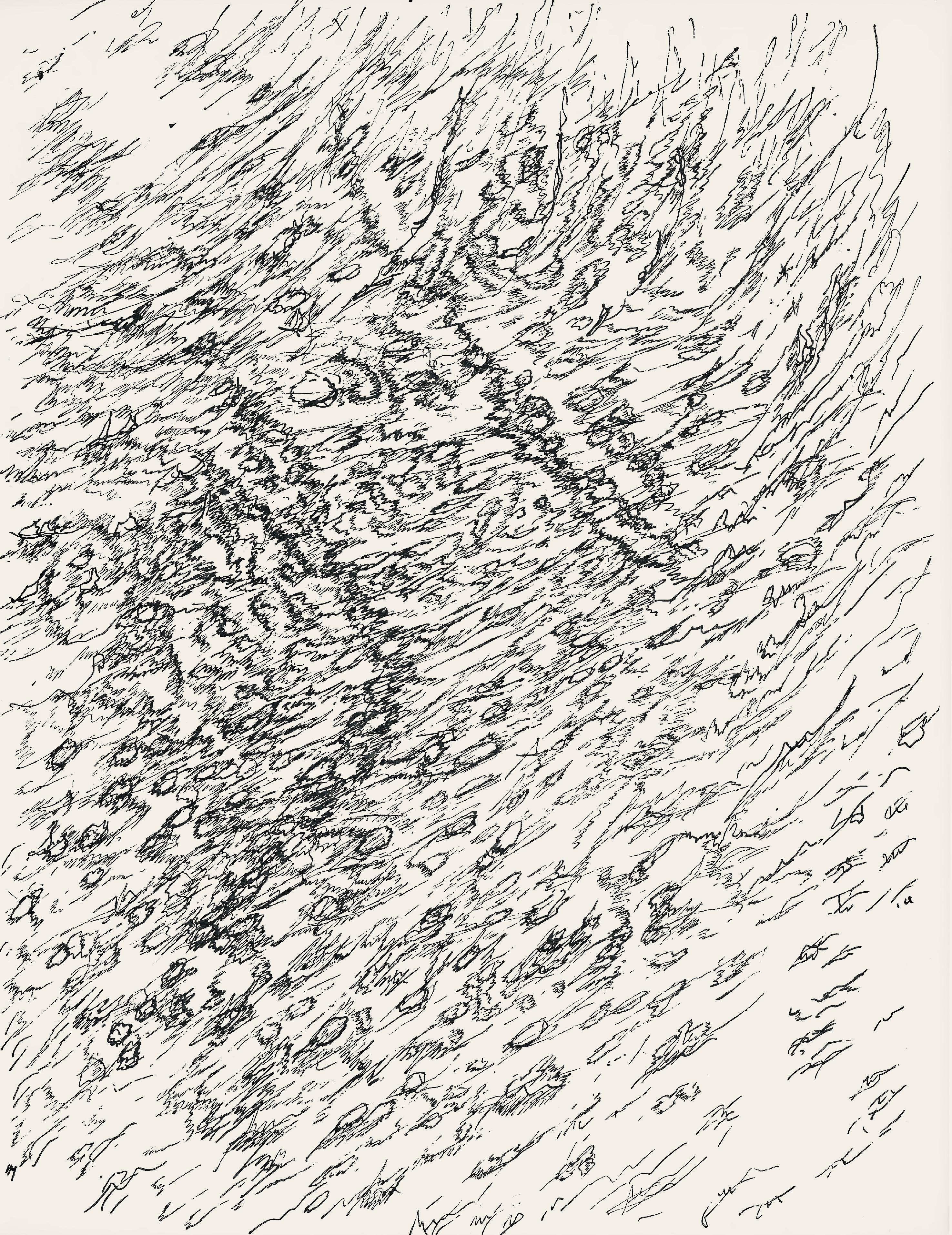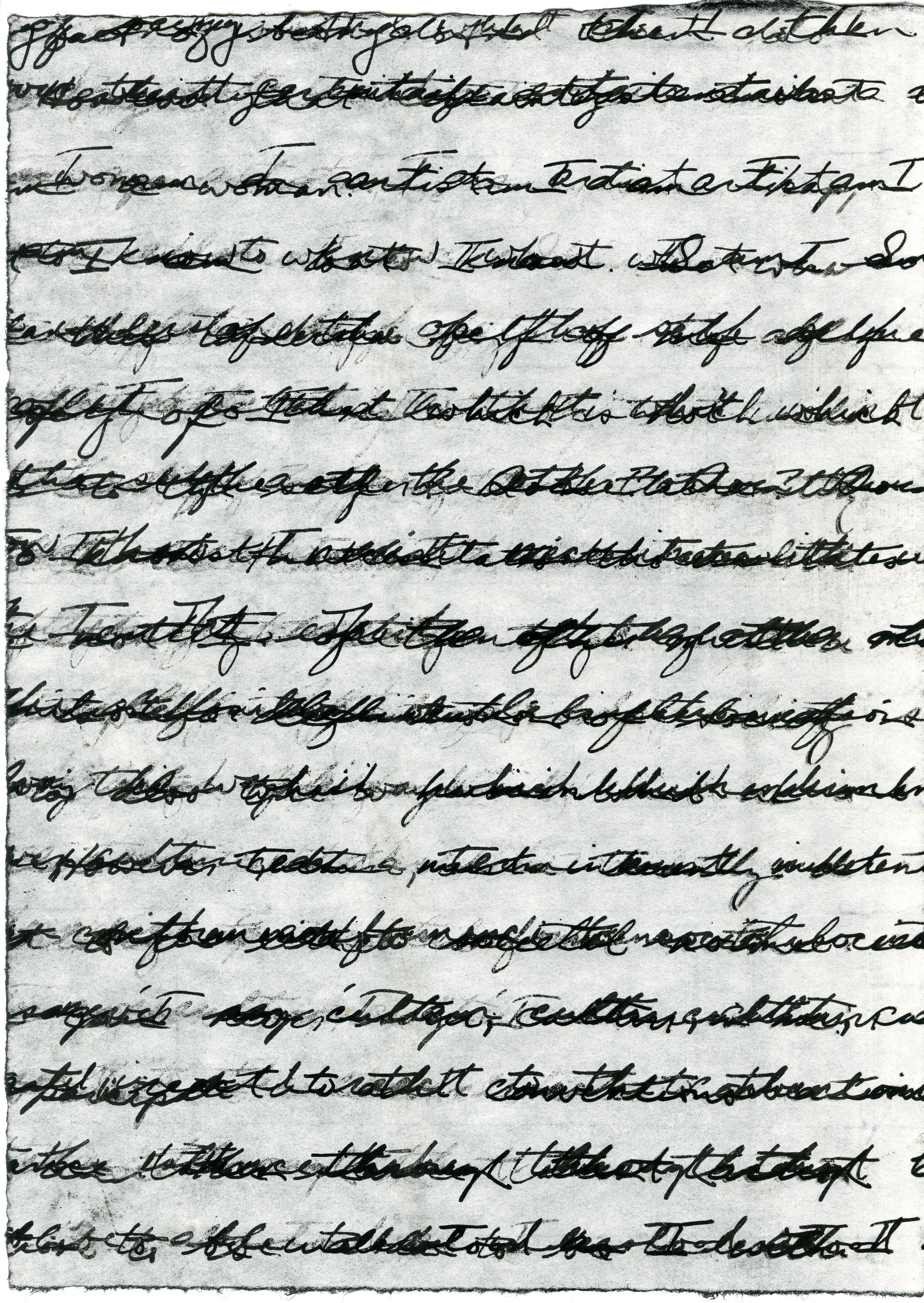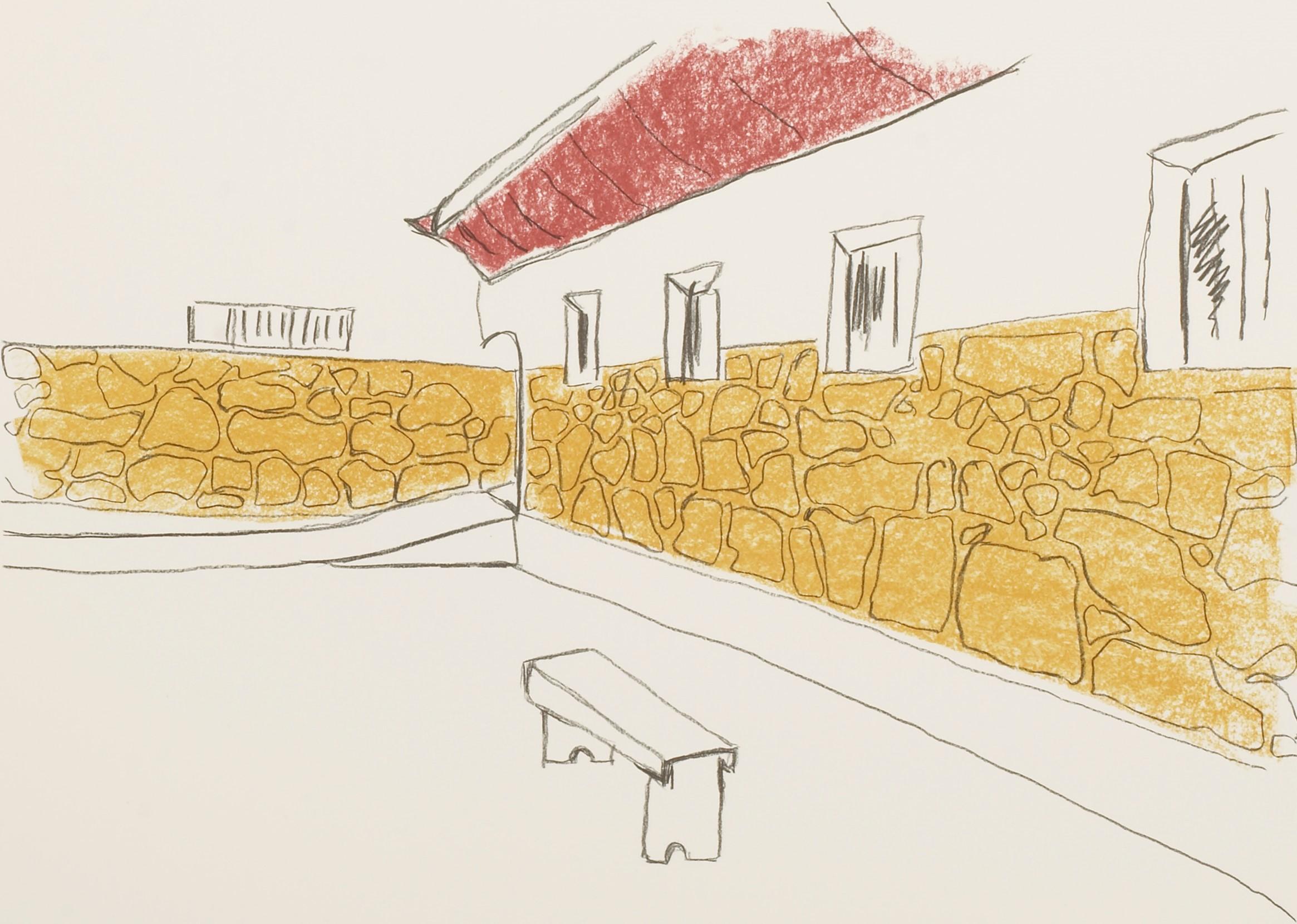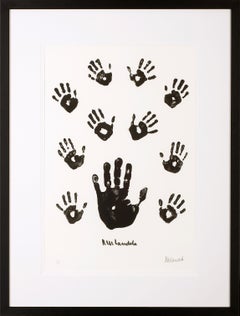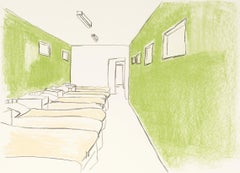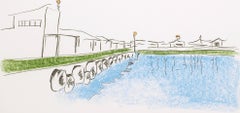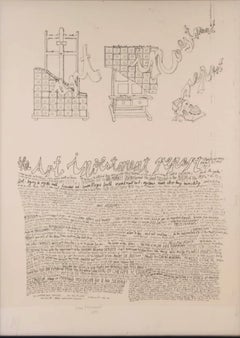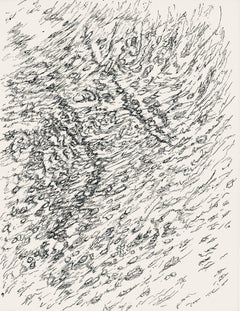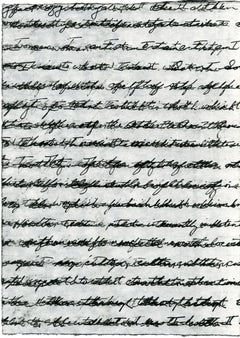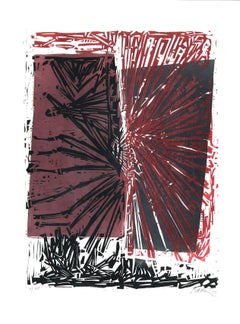Items Similar to Artist Motivation - Mandela, Former South African President, Inspirational Words
Want more images or videos?
Request additional images or videos from the seller
1 of 8
Nelson MandelaArtist Motivation - Mandela, Former South African President, Inspirational Words2002
2002
$10,220.40
£7,500
€8,761.93
CA$14,037.97
A$15,696.17
CHF 8,233.30
MX$190,118.35
NOK 103,929.20
SEK 98,187.99
DKK 65,399.11
About the Item
Nelson Mandela, Artist's Motivation, Signed Limited Edition Lithograph
Many people are unaware that Nelson Mandela turned his hand to art in his 80's as a way of leaving a legacy for his family. He spent time with an art tutor and learnt to draw. In 2002, when creating the The Motivation print, he told Anna and Laura from Belgravia Gallery of his desire to become a full time artist when he retired.
This artwork is a handwritten Artist’s Motivation by Nelson Mandela and reads:
“Today when I look at Robben Island I see it as a celebration of the struggle and a symbol of the finest qualities of the human spirit, rather than as a monument to the brutal tyranny and oppression of apartheid.
Robben Island is a place where courage endured in the face of endless hardship, a place where people kept on believing when it seemed their dreams were hopeless and a place where wisdom and determination overcame fear and human frailty.
It is true that Robben Island was once a place of darkness, but out of that darkness has come a wonderful brightness, a light so powerful that it could not be hidden behind prison walls, held back by prison bars or hemmed in by the surrounding sea.
In these sketches entitled: My Robben Island, I have attempted to colour the island sketches in ways that reflect the positive light in which I view it. This is what I would like to share with people around the world and, hopefully, also project the idea that even the most fantastic dreams can be achieved if we are prepared to endure life’s challenges.” Nelson Mandela
An edition of 500 lithographs was launched on Robben Island in 2003 and very few remain available.
- Creator:Nelson Mandela (1918 - 2013)
- Creation Year:2002
- Dimensions:Height: 19.69 in (50 cm)Width: 22.05 in (56 cm)Depth: 1.58 in (4 cm)
- Medium:
- Movement & Style:
- Period:
- Condition:
- Gallery Location:Knowle Lane, GB
- Reference Number:Seller: Artist's Motivation - mandela1stDibs: LU120714348221
About the Seller
5.0
Vetted Professional Seller
Every seller passes strict standards for authenticity and reliability
Established in 1986
1stDibs seller since 2019
18 sales on 1stDibs
Typical response time: 8 hours
- ShippingRetrieving quote...Shipping from: Knowle Lane, United Kingdom
- Return Policy
Authenticity Guarantee
In the unlikely event there’s an issue with an item’s authenticity, contact us within 1 year for a full refund. DetailsMoney-Back Guarantee
If your item is not as described, is damaged in transit, or does not arrive, contact us within 7 days for a full refund. Details24-Hour Cancellation
You have a 24-hour grace period in which to reconsider your purchase, with no questions asked.Vetted Professional Sellers
Our world-class sellers must adhere to strict standards for service and quality, maintaining the integrity of our listings.Price-Match Guarantee
If you find that a seller listed the same item for a lower price elsewhere, we’ll match it.Trusted Global Delivery
Our best-in-class carrier network provides specialized shipping options worldwide, including custom delivery.More From This Seller
View AllImpressions of Africa - Mandela, Former South African President, Signed Artwork
By Nelson Mandela
Located in Knowle Lane, Cranleigh
Nelson Mandela, Impressions of Africa (black and white), Signed Limited Edition Lithograph
Many people are unaware that Nelson Mandela turned his hand to art in his 80's as a way of ...
Category
Early 2000s Contemporary Figurative Prints
Materials
Lithograph
The Ward - Mandela, Former South African President, Signed Art, Robben Island
By Nelson Mandela
Located in Knowle Lane, Cranleigh
Nelson Mandela, The Ward, Signed Limited Edition Lithograph
Many people are unaware that Nelson Mandela turned his hand to art in his 80's as a way of leaving a legacy for his family...
Category
Early 2000s Contemporary Interior Prints
Materials
Lithograph
The Courtyard - Nelson Mandela, South African, inspiration, Robben Island, hope
By Nelson Mandela
Located in Knowle Lane, Cranleigh
Nelson Mandela, The Courtyard, Signed Limited Edition Lithograph
Many people are unaware that Nelson Mandela turned his hand to art in his 80's as a way of leaving a legacy for his f...
Category
Early 2000s Contemporary Landscape Prints
Materials
Lithograph
The Harbour - Mandela, Former South African President, Signed Art, Robben Island
By Nelson Mandela
Located in Knowle Lane, Cranleigh
Nelson Mandela, The Harbour, Signed Limited Edition Lithograph
Many people are unaware that Nelson Mandela turned his hand to art in his 80's as a way of leaving a legacy for his fam...
Category
Early 2000s Contemporary Landscape Prints
Materials
Lithograph
Mandela's Walk - Mandela, Former South African President, Signed, Robben Island
By Nelson Mandela
Located in Knowle Lane, Cranleigh
Nelson Mandela, The Walk, Signed Limited Edition Lithograph
Many people are unaware that Nelson Mandela turned his hand to art in his 80's as a way of leaving a legacy for his family...
Category
Early 2000s Contemporary Landscape Prints
Materials
Lithograph
Hand of Africa - Mandela, Former South African President, Signed Artwork, Hand
By Nelson Mandela
Located in Knowle Lane, Cranleigh
Nelson Mandela, Hand of Africa, Signed Limited Edition Lithograph
Many people are unaware that Nelson Mandela turned his hand to art in his 80's as a way of leaving a legacy for his ...
Category
Early 2000s Contemporary Figurative Prints
Materials
Lithograph
You May Also Like
Art Investment Report
By Mary Bauermeister
Located in New York, NY
Mary Bauermeister
Art Investment Report, 1983
Lithograph on Arches paper
Hand-signed by artist, hand signed and dated, with annotated blind stamp
26 1/2 × 20 inches
Edition AP/250
Un...
Category
1980s Abstract Abstract Prints
Materials
Lithograph
Sans titre, Société internationale d'art XXe siècle
By Henri Michaux
Located in Southampton, NY
Lithograph on vélin paper. Paper Size: 12.4 x 9.65 inches. Inscription: Unsigned and unnumbered, as issued. Notes: From the album, XXe siècle, Nouvelle série N° 7 (double) Juin 1956,...
Category
1950s Modern Abstract Prints
Materials
Lithograph
$796 Sale Price
20% Off
Contemplation
By Rebekah Wilhelm
Located in Fairlawn, OH
Signed, titled and dated, verso.
Silk Screen Monotype (Unique)
Created at Zygote Press, Cleveland, OH.
Category
2010s Contemporary Abstract Prints
Materials
Screen
Untitled (Edition 6/200)
Located in New York, NY
Unknown/ Unidentified Artist, "Untitled" Edition 6/200, Abstract Woodcut Print numbered and signed in pencil, 22.50 x 17, Late 20th Century, 1963
Colors: Black. White, Red
*Unident...
Category
1960s Abstract Abstract Prints
Materials
Woodcut
"Revolution" Limited Edition Hand Written Lyrics
By John Lennon
Located in Laguna Beach, CA
Rare Limited Edition Serigraph of John Lennon's handwritten lyrics for the song "Revolution," first released on The "White Album" by the Beatles in 1968 This limited edition was r...
Category
1990s Contemporary More Prints
Materials
Other Medium
An Interior Language IV
Located in New York, NY
About the Series:
Gilliam began the series Life Lines in 2017 after recently coming into possession of MRI scans of her brain. The scans, which she spent hours pouring over, both fas...
Category
2010s Abstract Abstract Prints
Materials
Etching, Aquatint, Photographic Paper, Photogram
More Ways To Browse
Douglas Semivan
Francisco Pujol
Frank Stella Polar Coordinates
Frank Stella Polar
Frank Stella Scarf
Frank Stella Sinjerli
Frank Stella The Whale Watch
Gene Davis Royal Curtain
Gunther Gerzso
Hirst Virtues
Hopi Eagle Dance
Hubert Scheibl
James Crabb
James Lee Byars
Jean Gorin
Jean Michel Basquiat Sweatshirt
Joan Miro Hand Signed Limited Edition Poster
Joan Miro Paysage
